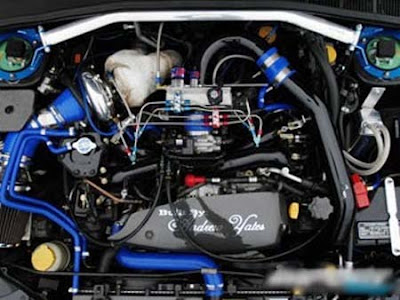







in automotive,automotive parts,automotive repair,sears automotive,automotive jobs,automotive paint,automotive news,automotive industry,automotive engineering,ald automotive,












 CAR MAKE and MODELMercedes Benz SLS AMG E-Cell 2013 Pictures CAR. Mercedes-Benz SLS E-Cell No Wall Flower This battery electric version of the upcoming Mercedes-Benz Super Car is capable of a combined output of 643hp but as the color suggests it is as innocent as butterc...
CAR MAKE and MODELMercedes Benz SLS AMG E-Cell 2013 Pictures CAR. Mercedes-Benz SLS E-Cell No Wall Flower This battery electric version of the upcoming Mercedes-Benz Super Car is capable of a combined output of 643hp but as the color suggests it is as innocent as butterc...
 The modern Aston Martin V8 Vantage is a sports car from British manufacturer Aston Martin. Aston Martin has previously used the “Vantage” name on high performance variants of their existing GT models, notably on the massively powerful heavyweight Virage-based supercar of the 1990s. The modern car, in contrast, is the leanest and most agile car in Aston’s three-model lineup. As such, it is intended as a more accessible model to compete with cars such as the Porsche 911.
The modern Aston Martin V8 Vantage is a sports car from British manufacturer Aston Martin. Aston Martin has previously used the “Vantage” name on high performance variants of their existing GT models, notably on the massively powerful heavyweight Virage-based supercar of the 1990s. The modern car, in contrast, is the leanest and most agile car in Aston’s three-model lineup. As such, it is intended as a more accessible model to compete with cars such as the Porsche 911.







Their goal was to acheive the best possible performance received out of the new engine 053 and of the tyres provided by Bridgestone. They also had to change aerodynamics of the car due to recent technical regulations and rules changes and also get the best possible efficiency of the whole package. Also its weight distribution is improved and the chassis is completely new. Compared to previous model F2003-GA the weight has been reduced and the car´s structure is improved. Also other parts like exhausts, bodyworks and the rear part have been changed and redesigned. The improvem,ent of handling needed rework of front and rear suspension.
There are many new materials being used on the new ferrari car. Their purpose is to reduce weight and size. After F1 regulations and modifications, the 053 engine had to be redesigned to meet those new criteria and acheive its optimal reliability and its life have to be twice as long as in the past but with improvede performance. Some of technical specifications of the engine: Displacement: 2,997 cm3, V10, aluminium cylinder block, 40 valves, pneumatic distribution, Magneti Marelli injection, 7 gears plus reverse, lenght is 4545 mm, width is 1796 mm, height is 959 mm, wheelbase is 3050mm, front track is 1,47m, weight is 605kg.
Here’s a hotter version of the Citroen DS3 that the French company will debut at the Geneva show in early March, limited to just 1,000 production units. The car is rather unimaginatively called the Citroen DS3 Racing and gets its 1.6 liter BMW-PSA Prince engine boosted up to 200 horsepower, up from the original 156hp unit installed in the stock DS3. Torque gets upped to 275Nm from 240Nm.
Citroen achieved the 200 horses with remapping the turbo and ECU control, “modified and optimized powertrain components” (oh such detail) and installed a special tail pipe and exhaust muffler. To cope with the extra power, brakes have been upgraded to 4-pot calipers at the front and all four wheels get new discs, including drilled discs for the rear.
The steering has also had some updates to be more “precise” and to suit the new larger tyros. The suspension gets stiffer springs, adapted front and rear shocks to handle the increased power, front and rear track gets widened by 30mm, and the car gets lowered by 15mm. Finally, the ESP programming has been updated to suit the new components.



Although both minimalist, the cockpits of the two cars reveal the generation gap. The old SLR epitomises minimalism: a plate-sized rev counter, slim tartan seats, removable wooden steering wheel









